The Challenge: Finding the Right Strength Training Equipment for Rehab Patients
Physical therapists and rehab professionals work with a diverse range of patients, many of whom face significant challenges in building strength and mobility. Whether recovering from surgery, illness, or injury, these patients require specialized equipment that accommodates their unique needs. Unfortunately, many traditional strength training machines are designed for the general fitness population, not for rehabilitation settings.
This mismatch creates several problems: patients struggle with heavy starting weights, machines are difficult to access, resistance is inconsistent, and tracking progress is manual and inefficient. As a result, both patients and therapists face unnecessary barriers to effective rehabilitation.
The good news? There’s a better way. Here's why:
1. High Starting Weights Create Barriers
Many rehab patients are unable to lift even 5-10 lbs—the minimum starting weight on most traditional machines. This can make strength training impossible for those who need to start with very low resistance.
2. Inertia & Strain Make Movement Difficult
Traditional weight-stack machines create inertia, meaning the weight is hardest to move at the beginning of a rep. For patients with limited strength or neurological impairments, this makes initiating movement extremely difficult and increases the risk of strain or improper form.
3. Limited Accessibility for Patients with Mobility Challenges
Most traditional strength machines are built for able-bodied individuals. Patients using wheelchairs or walkers, or those with limited mobility, often struggle to get in and out of the machines, making them impractical for rehab settings.
4. Large Weight Increments Hinder Progression
Increasing weight in 5-10 lb increments is too much for many rehab patients. Progressing too quickly can lead to setbacks, and the lack of small adjustments means therapists struggle to find the right resistance level for their patients.
5. Lack of Automated Data Tracking
Rehabilitation professionals need to document progress, but traditional equipment doesn’t provide automatic reporting. This forces therapists to rely on manual tracking, which is time-consuming and prone to errors.
The Solution: HUR’s Pneumatic Strength Training Equipment
HUR’s strength training solutions are designed specifically to meet the needs of rehabilitation professionals and their patients. Unlike traditional machines, HUR’s pneumatic (air resistance) technology removes common barriers and enables safer, more effective rehab training.
1. Near-Zero Starting Load for Maximum Accessibility
HUR machines allow patients to start with as little as 0 lbs of resistance, making strength training accessible to those with very low strength levels. This low starting point ensures everyone can begin training safely.
2. Pneumatic Resistance Eliminates Inertia
Air resistance provides a smooth, consistent load throughout the entire range of motion. This eliminates the sudden jerking motions and strain caused by traditional weight stacks, making movement initiation easier and reducing the risk of injury.
3. Easy Access for Patients with Limited Mobility
HUR machines are designed with accessibility in mind. Wide, ergonomic seats, low step-over heights, and wheelchair-friendly designs ensure all patients can comfortably and safely use the equipment.
4. Micro-Progression with 0.1 lbs Increments
Instead of jumping from 5 to 10 lbs, HUR machines allow for small, precise resistance increases in increments as low as 0.1 lbs. This makes progression safer, manageable, and motivating for patients.
5. SmartTouch Technology for Automated Progress Tracking
With HUR SmartTouch, patient progress is automatically recorded and displayed in easy-to-read reports. This eliminates manual tracking, saves therapists time, and ensures accurate documentation of patient outcomes.
How to Upgrade Your Rehab Facility
If your facility is still relying on traditional weight-stack machines, it’s time to consider a more effective solution. Here’s how you can start:
- Evaluate Your Current Equipment – Is it accessible to all patients? Does it allow for safe, gradual progression?
- Explore Pneumatic Strength Training – Learn how air resistance eliminates inertia and makes training more effective.
- Leverage Smart Technology – Discover how HUR’s SmartTouch system can streamline documentation and enhance patient motivation.
The Impact: What Happens When Rehab Facilities Make the Switch?
Facilities that transition to HUR strength training equipment see significant improvements, including:
- Increased patient participation and confidence in rehab exercises.
- Safer strength training with reduced risk of injury or strain.
- More efficient therapy sessions with automated progress tracking.
- Improved rehabilitation outcomes, helping patients regain independence faster.
Take the Next Step...
Your patients deserve equipment that meets them where they are, supports their progress, and helps them regain strength safely. Don’t let outdated equipment hold them back. Contact us today to learn how HUR can transform your rehab facility.






